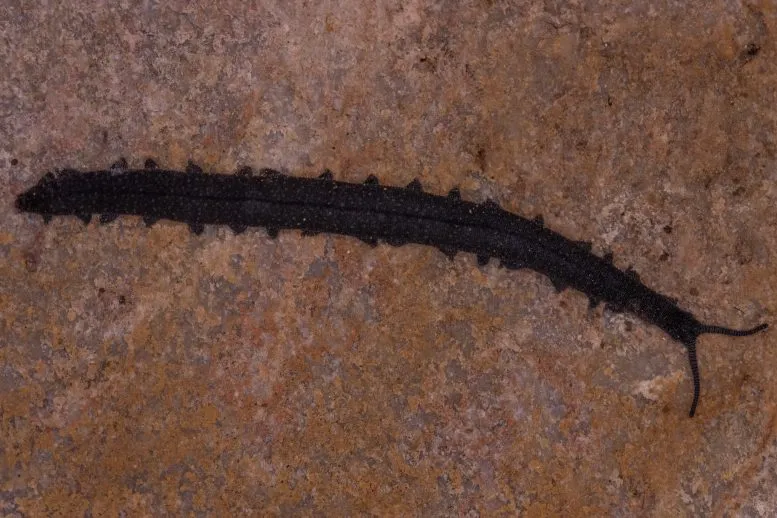When Rohan Barnard set out for a day of exploration in South Africa’s Swartberg Mountains back in March 2022, he had no idea he was about to make a once-in-a-lifetime discovery. While turning over rocks on a farm located between Calitzdorp and Oudtshoorn, the Stellenbosch University student came face-to-face with a creature that hadn’t been documented in that region—possibly ever.
Nestled beneath a stone was a velvet worm, a peculiar and elusive invertebrate that scientists often refer to as a “living fossil.” The organism's lineage stretches back over 500 million years, and its basic form has remained largely unchanged since then. These creatures are rarely seen, and their discovery is always cause for scientific excitement. But this particular find was even more significant: it turned out to be a previously unknown species, thriving in a place where no one expected to find velvet worms at all.

A Creature From Another Time
Velvet worms are among Earth’s oldest living animal groups. Soft-bodied and segmented, they hunt small insects by spraying them with a glue-like slime. Despite their name and appearance, they are neither worms nor caterpillars, but rather members of a phylum known as Onychophora. They are often found in moist, forested environments, where humidity is high and temperatures moderate.
What made Barnard’s discovery so surprising is that the Karoo region—known for its dry, arid climate—isn’t typically the kind of environment where velvet worms are found. This contradiction sparked immediate interest from researchers at Stellenbosch University, who were eager to investigate further.
After extensive analysis, the team confirmed that the worm Barnard discovered belonged to an entirely new species. It has since been named Peripatopsis barnardi, in recognition of its discoverer.
Tracing Back Millions of Years
DNA analysis of the new species revealed something remarkable. The Karoo velvet worms are not just geographically isolated—they’re genetically distinct. The species appears to have branched off from its closest relatives around 15 million years ago. This time gap suggests that the area where the worms were found may have once been far more humid and forested than it is today.
The researchers believe that small pockets of moist habitat—leftovers from these ancient forests—might still exist in isolated areas of the region, sheltered in cracks, crevices, and under rocks. It’s in these ecological niches that relics of the past like Peripatopsis barnardi have managed to survive, largely undisturbed by the outside world.
Why This Matters
The discovery is significant for several reasons:
A window into ancient ecosystems: The survival of this velvet worm species in such an inhospitable environment hints at a long-lost climate and ecosystem. It suggests that small, stable “refugia” have enabled ancient species to persist over millennia, even as the broader environment changed around them.
Conservation implications: Finding a new species in such a specific and vulnerable habitat raises important questions about how to protect it. These worms could be extremely sensitive to climate change, agriculture, or development—making the preservation of their microhabitats a priority.
Scientific inspiration: The find also underscores how much remains unknown about Earth’s biodiversity. Even in relatively well-studied regions, entirely new species are waiting to be discovered—sometimes by amateurs or students with a keen eye and curiosity.
The Power of Citizen Science
Interestingly, Barnard’s journey to discovery didn’t end in the field. He initially logged the worm on iNaturalist, a citizen science platform where users upload images of wildlife for identification and documentation. That simple act helped connect him with researchers who recognized the importance of his find. It’s a reminder of how everyday explorers and amateur naturalists are playing an increasingly important role in advancing science.
What’s Next
Following this unexpected discovery, scientists at Stellenbosch University are planning further surveys in remote parts of the Cape Fold Mountains. They hope to identify additional populations of velvet worms—or other ancient species that may have slipped through the cracks of modern scientific knowledge.
In the end, Barnard’s find is more than a cool story about an unusual creature under a rock. It’s a testament to the enduring mystery of the natural world and a powerful reminder that sometimes, history doesn’t just lie buried beneath the earth—it’s still alive, crawling quietly in the shadows.
Given how easily this species could have gone unnoticed, what might this imply about the number of undiscovered species still out there?
